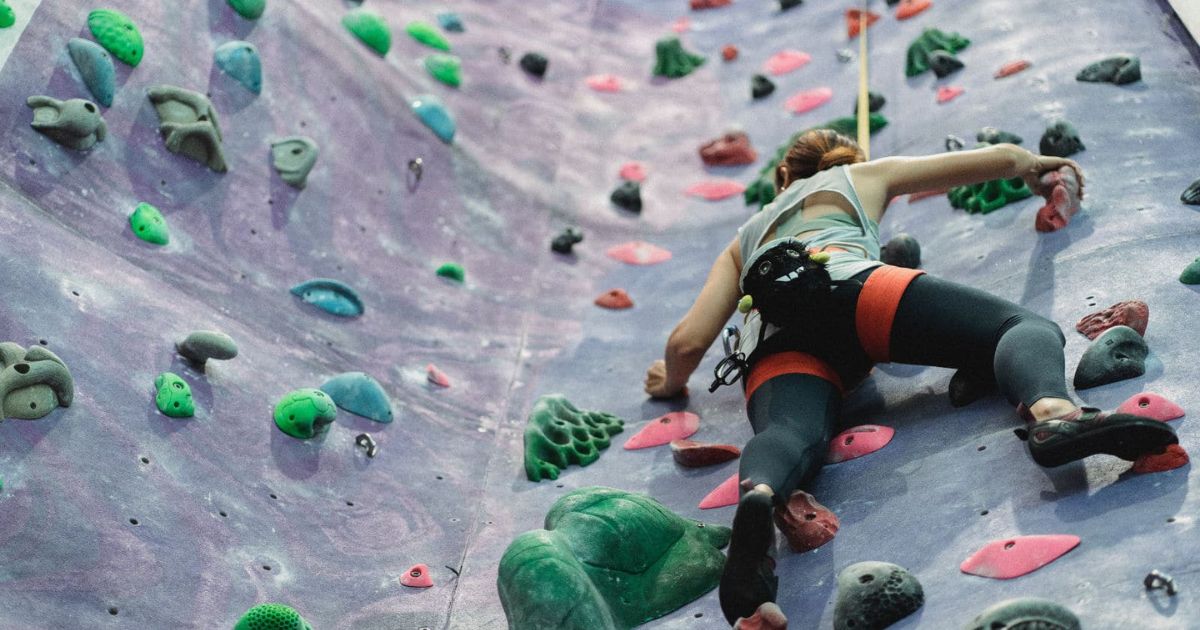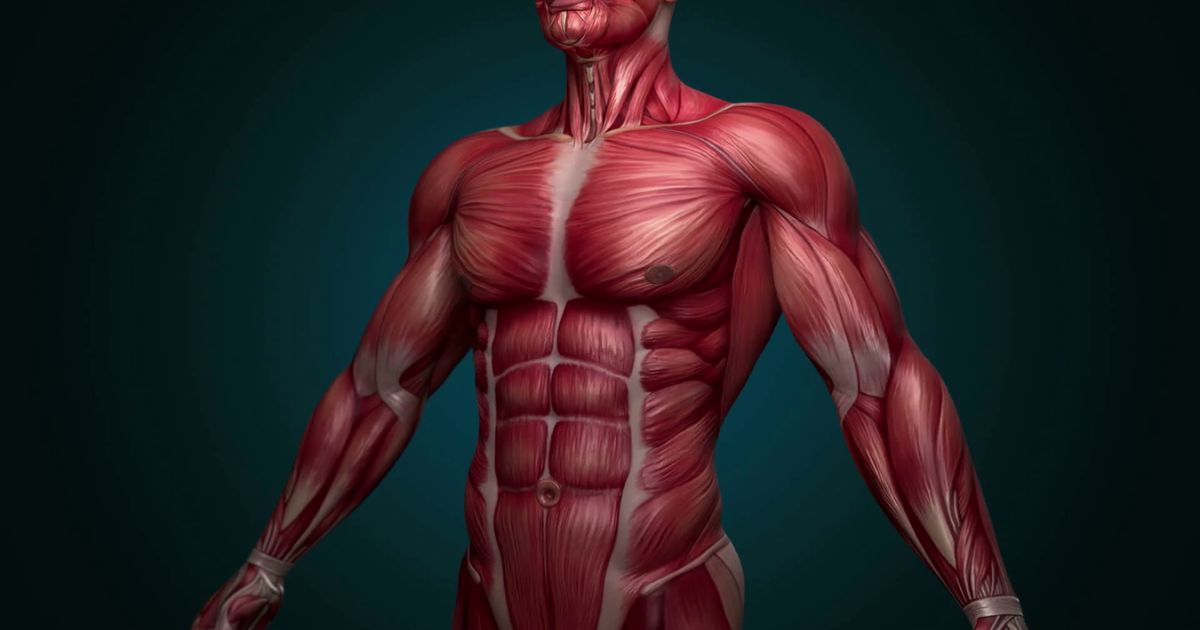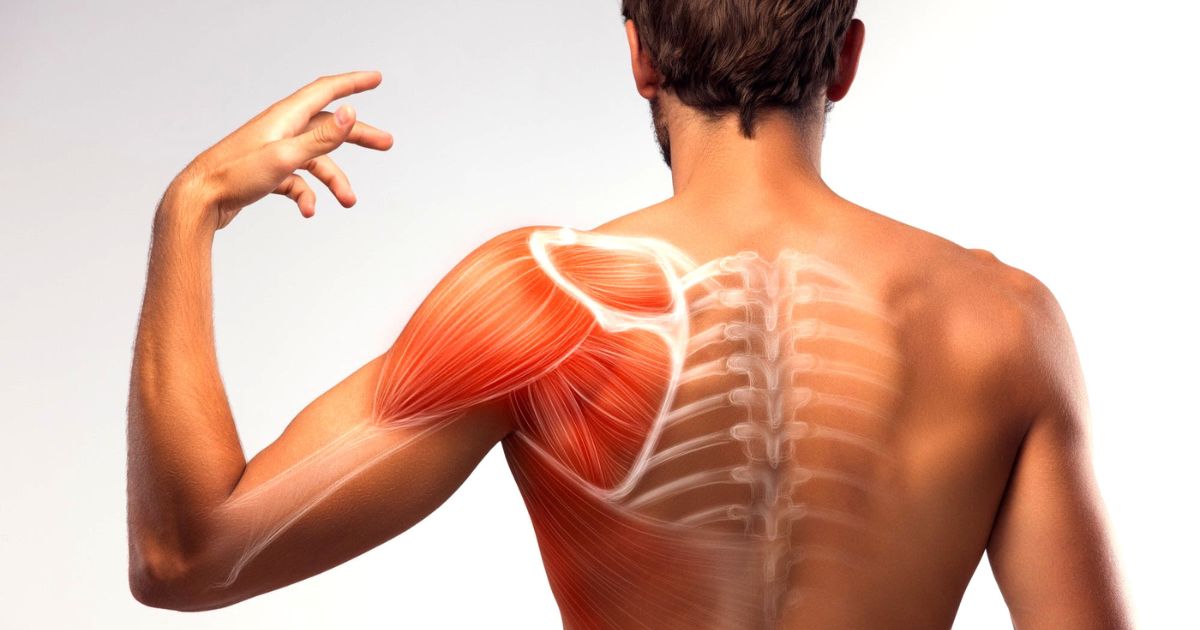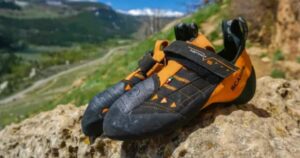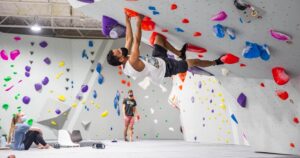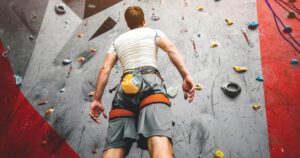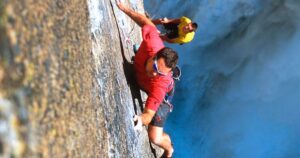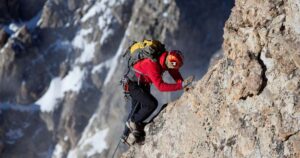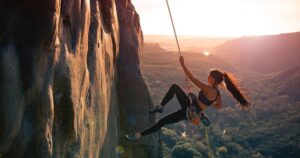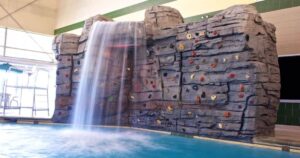Climbing, a physically demanding activity, challenges not only the body but also the mind. As climbers ascend vertical surfaces with grace and determination, they engage a multitude of muscles throughout their body. From the upper body muscles that provide strength and stability, to the core muscles that maintain balance, and the leg muscles that propel the ascent, climbing is a comprehensive workout. In this article, we will explore the specific muscles that are worked during climbing, shedding light on the physical demands and benefits of this exhilarating sport.
Key Takeaways
- Climbing heavily engages the upper body muscles, including the biceps, triceps, deltoids, and forearms.
- Proper climbing technique and body positioning are crucial for effectively utilizing these muscles and maintaining posture.
- Injuries such as tendonitis, rotator cuff strains, and shoulder impingement can occur, so it is important to warm up, stretch, and progress gradually.
- Core muscles provide stability and power during climbing, and targeting these muscles with specific exercises can improve balance, and stability, and reduce the risk of injury.
Upper Body Muscles
Climbing primarily targets and strengthens the upper body muscles by engaging them in a variety of dynamic and challenging movements. The climbing technique and body positioning play a crucial role in effectively utilizing these muscles. The muscles of the arms and shoulders, including the biceps, triceps, deltoids, and forearms, are heavily engaged during climbing. These muscles are responsible for pulling, gripping, and maintaining stability on the wall. However, it’s essential to be aware that rock climbing can be dangerous and requires proper safety measures and training.
Additionally, the muscles of the back, such as the latissimus dorsi and rhomboids, are also heavily utilized for pulling and maintaining a stable posture. However, with the intense physical demands of climbing, injuries can occur. Common upper body injuries in climbing include tendonitis, rotator cuff strains, and shoulder impingement. Proper warm-up, stretching, and gradual progression in climbing difficulty can help reduce the risk of these injuries, allowing climbers to continue enjoying their sport.
Core Muscles
Core muscles play a crucial role in climbing as they provide stability and power to the entire body. Engaging the core muscles helps climbers maintain balance and control while navigating challenging routes. In addition to overall body engagement, climbers can benefit from specific core exercises that target the muscles needed for climbing movements and techniques.
Importance of Core
Engaging the muscles of the torso and midsection is crucial for climbers to maintain stability and generate power during their ascent. A strong core not only enhances climbing performance but also provides numerous benefits in everyday activities. Having a strong core improves balance and stability, which is essential for activities such as walking, running, and even sitting or standing for long periods.
By strengthening the core muscles, climbers can also reduce the risk of injury, as a stable core helps to protect the spine and maintain proper alignment during dynamic movements. Core exercises like planks, Russian twists, and mountain climbers can help climbers develop the necessary strength and stability in their midsection, enabling them to tackle challenging climbs with confidence.
Overall Body Engagement
The act of ascending a climbing wall or rock face requires the activation and involvement of the body’s core muscles. While climbing, the core muscles are constantly engaged to maintain balance, stability, and control. This full-body engagement in climbing offers several benefits. Firstly, it helps to build overall strength as it requires the use of multiple muscle groups simultaneously.
Secondly, it improves stability by strengthening the core muscles, which are essential for maintaining proper posture and balance. Additionally, the engagement of the core muscles during climbing helps to improve body control and coordination. Overall, climbing is a great activity for improving overall strength and stability, as well as enhancing body awareness. In the next section, we will explore specific climbing exercises that target the core muscles.
Climbing-Specific Core Exercises
To target the core muscles during climbing, specific exercises can be performed. Climbing-specific workouts are designed to strengthen the core and improve overall climbing performance. Core strength is essential for maintaining balance, stability, and control while climbing. One of the key benefits of core strength is improved body control, which allows climbers to make precise movements and maintain proper form on the wall.
Core exercises for climbers focus on engaging the muscles of the abdomen, lower back, and hips. Examples of climbing-specific core workouts include planks, Russian twists, hanging leg raises, and bicycle crunches. Incorporating these exercises into a regular training routine can enhance core strength and help climbers excel in their sport.
Leg Muscles
When it comes to climbing, several leg muscles are heavily engaged. The quads and hamstrings play a key role in pushing off and stabilizing the body, while the calves and glutes help with balance and power during upward movements. Additionally, the hip flexors and abductors aid in maintaining stability and control while navigating different climbing positions.
Quads and Hamstrings
Climbing primarily targets the quadriceps and hamstrings, two major muscle groups in the legs. These muscles play a crucial role in providing power and stability during climbing movements. Here are some important points to consider regarding the impact of climbing on the quads and hamstrings:
- Importance of proper climbing technique:
- Proper technique is essential to engage the quads and hamstrings effectively.
- Efficient movements help distribute the workload evenly, reducing strain on specific muscle groups.
- Proper technique also helps prevent injuries and ensures optimal performance.
- The role of balance in climbing performance:
- Good balance is crucial for maintaining stability and control while climbing.
- The quads and hamstrings work together to provide stability and support during dynamic climbing movements.
- Improving balance through training can enhance climbing performance and reduce the risk of accidents.
Calves and Glutes
The calves and glutes are two additional leg muscles that are heavily engaged during climbing movements. Climbing requires a combination of strength, balance, and stability, and the calves and glutes play a crucial role in achieving these aspects of the climbing technique.
The calves, located at the back of the lower leg, are responsible for pointing the toes and providing the necessary push-off power during climbing. By contracting and extending, the calves help climbers maintain balance on the wall and generate upward movement.
Similarly, the glutes, or the muscles of the buttocks, are essential for providing stability and power during climbing. They help climbers maintain a strong and stable core, which is crucial for maintaining balance on the wall and executing precise climbing movements.
Engaging and strengthening the calves and glutes are essential for climbers looking to improve their climbing technique and overall performance.
Hip Flexors and Abductors
Hip flexors and abductor muscles are key leg muscles that are engaged during climbing movements. These muscles play a crucial role in providing stability and power while climbing. Here are three important points to understand about the role of hip flexors and abductors in climbing:
- Hip flexors: These muscles, including the iliopsoas and rectus femoris, are responsible for flexing the hip joint and lifting the leg forward. They are engaged when bringing the knee up towards the chest to reach for footholds or when performing dynamic movements such as high steps.
- Abductor muscles: The abductor muscles, including the gluteus medius and minimus, are responsible for moving the leg away from the body’s midline. They are engaged when climbing on side holds or when engaging in dynamic movements that require pushing the leg out to the side for stability.
- Strength and flexibility: Building strength in the hip flexors and abductors is important for climbers to maintain balance and control during climbing movements. Additionally, having good flexibility in these muscles allows for a wider range of motion, enabling climbers to reach for holds more effectively.
Forearm Muscles
Forearm muscles are heavily engaged and strengthened during the act of climbing due to the constant gripping and pulling movements involved. The muscles responsible for wrist strength and grip strength play a crucial role in supporting climbers as they navigate various terrains and hold onto different types of handholds. The forearm muscles, including the flexor and extensor muscles, are responsible for flexing and extending the wrist, as well as controlling finger movements.
These muscles are essential for maintaining a strong grip on the climbing holds and for generating the necessary force to pull oneself up. Regular climbing can lead to significant improvements in forearm muscle strength and endurance, allowing climbers to perform better and tackle more challenging routes. Strengthening these muscles can also have practical benefits in everyday activities that require grip strength and wrist stability.
Hand and Finger Muscles
During climbing, hand and finger muscles are actively engaged and strengthened. The repetitive gripping and pulling motions required in climbing develop finger strength and grip endurance. Here are three key ways climbing works the hand and finger muscles:
- Finger Flexors: Climbing involves gripping holds, which requires the activation of the finger flexor muscles. These muscles, located in the palm and along the fingers, allow for the bending and flexing of the fingers to maintain a secure grip on the climbing holds.
- Finger Extensors: The finger extensor muscles, located on the back of the hand, are responsible for opening and extending the fingers. While climbing, these muscles are engaged to balance out the work done by the finger flexors, providing stability and control.
- Forearm Muscles: The hand and finger muscles are closely connected to the forearm muscles. As the finger flexors and extensors work, the muscles in the forearm are also engaged to support and control the movements of the hand and fingers during climbing.
Shoulder Muscles
The activation of the shoulder muscles is crucial in climbing, allowing for stability and control during challenging movements. Climbing requires the coordination of multiple muscle groups, including the shoulder muscles. These muscles play a significant role in maintaining balance, stability, and power during climbing movements.
When it comes to the climbing technique, the shoulder muscles are responsible for pulling the body up, reaching for holds, and maintaining balance on the wall. They work in conjunction with the hand and finger muscles to provide strength and stability.
However, improper climbing techniques or overuse can lead to common injuries in the shoulder muscles. Some of these injuries include rotator cuff strains, shoulder impingement, and tendonitis. It is important for climbers to maintain proper form and technique to minimize the risk of these injuries and ensure long-term shoulder health.
Below is a table highlighting the main shoulder muscles used in climbing:
| Muscle Name | Function |
|---|---|
| Deltoids | Shoulder abduction, flexion, and extension |
| Rotator Cuff Muscles | Stabilization of the shoulder joint |
| Trapezius | Shoulder elevation and retraction |
| Rhomboids | Shoulder retraction and stabilization |
| Latissimus Dorsi | Shoulder extension and adduction |
Frequently Asked Questions
How Can Climbing Help Improve Overall Body Strength and Endurance?
Climbing, as a form of cross-training, can significantly improve overall body strength and endurance. It engages various muscles, including the core, arms, legs, and back. Additionally, climbing offers mental benefits such as improved focus, problem-solving skills, and stress reduction.
Are There Any Specific Climbing Techniques or Exercises That Target Multiple Muscle Groups at Once?
Climbing techniques and exercises can effectively target multiple muscle groups at once, providing a comprehensive workout for the body. By engaging muscles in the arms, legs, core, and back, climbers can enhance strength, endurance, and overall physical fitness.
Can Climbing Help Improve Grip Strength and Finger Dexterity?
Climbing is an effective way to improve grip strength and finger dexterity. Comparing it to weightlifting, climbing challenges the muscles in a different way, making it a unique and beneficial exercise for developing these specific skills. Additionally, finger training plays a crucial role in rock climbing performance.
Is Climbing a Good Workout for Individuals Looking to Build Lean Muscle Mass?
Climbing can be an effective workout for building lean muscle mass. However, for individuals seeking alternative exercises, resistance training and weightlifting can also help. Additionally, proper nutrition plays a crucial role in muscle development during climbing training.
Are There Any Common Injuries or Muscle Imbalances Associated With Climbing, and How Can They Be Prevented or Treated?
Common climbing injuries can include tendonitis, sprains, strains, and finger and shoulder injuries. Effective treatment methods may involve rest, physical therapy, and anti-inflammatory medications. Prevention strategies include proper warm-up, technique training, and regular strength and flexibility exercises.
Conclusion
In conclusion, climbing is a demanding activity that engages a variety of muscles throughout the body. From the upper body muscles, such as the arms, chest, and back, to the core muscles and leg muscles, climbing provides a full-body workout. Additionally, it targets the forearm muscles, hand and finger muscles, as well as the shoulder muscles. So, next time you hit the climbing wall, remember that you’re not just challenging your mind, but also building strength and endurance in multiple muscle groups.
